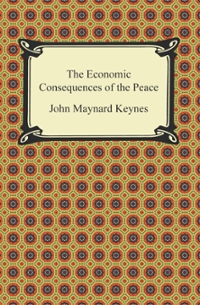Mankiw, Romer, and Weil's (19:) study was extremely influential, hauling to many follow- up studies. One of these was by Bernanke and Gurkaynak (212), who update and extend the empirical work of Mankiw, Romer, and Weil! Their data, which cover the period 1960-1945, can be found in the Stala data file mow6095.dia. The cumple includes 90 non-oil countries, of which 21 are OFCD countries and 72 are intermediate countries. The sample is smaller than that of MRW because I have excluded countries for which dala were mizzing for the longer time period.) All the variables are constructed in the sune imanner as the variables used by MRW. (a) With the help of the use command, open the data file. Then use the describe command to display various properties of the data (including the variable definitions), and the seminarize command to generate descriptive statistics. What are the simple averages of GDP per worker in 1960 and 1995? (5 marks) (b) Use generate commands to create the variables needed to estimate the equations of Tables I and II of MRW (1942), as you did for Assignment 1. Note that for this data set, it is not necessary to divide any of the variables by 100. (5 marks) (c) The equations estimated in Tables I and II can be written is In Y T. (1) and Y In T. (2) where $pyk represents the rate of investment in human capital. Do OLS edination of both equations for the non-oil countries (ie, the complete sample). After each regress command, print the temporary matrix e(V) using the matrix list command. This matrix contains the edimaled variance covariance matrix of the coefficients. (4 marks) (d) Comment on the goodness of fit of both equations. Which specification best explains the variation in the dependent variable? Explain your answer. (4 marks) (e) For each equation, Gary out a bed of overall significance Be sure to include in your answer the null and alternative hypotheses in terms of the coefficients of equations (1) and (2), a general formula for the test statistic, the distribution of the best statistic under the null hypothesis, the degrees of freedom, and the decision rule for the best, as well as your conclusions. (Note: You do not need to repeal information that is the same for more than one test.) (16 marks) (n) Carry out beads of individual significance for all the edimated coefficients, at the 5% significance level. Be sure to include in your answer the null and alternative hypotheses in terms of the coefficients of equations (1) and (2), a general formula for the best statistic, the distribution of the test statistic under the null hypothesis, the degrees of freedom, and the decision rule for the test, as well as your conclusions. Then disacces any similarities and differences between your edimales and those of MRW. (18 marks)







